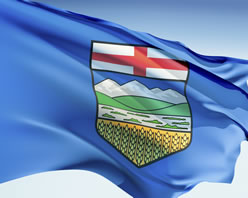Drug Fact Sheet: Ecstasy
Posted by CDR Help Desk on Jan 11, 2018 in Blog | 0 comments
Welcome to the first of our monthly drug fact sheets! A lot of us know the names of common recreational and prescription drugs, but do you know where they originated from, how they are produced, or what their effects really are? Each month we will take a look at a new substance and cover a few facts you should probably know about them.
To kick off the new year we will be starting with Ecstasy and “party drugs”. While any drug you take while partying could be called a party drug, party drugs are usually substances that lead to loss of inhibition, lost sense of time and judgment, and a dissociative state that allows party goers to rave for hours without realizing a need to rest or nourish themselves.
Therapeutic Origins of Ecstasy
Ecstasy goes by many names including MDMA and Molly. True to its name, Ecstasy affects the part of the brain that controls mood and can make users feel very loving and happy go lucky. The chemical compound was patented back in 1913 by Merck, but after that they never pursued marketing or even produced it. Dr. Alexander Shulgin has been credited as the father of modern Ecstasy and other party drugs after he started tinkering with hallucinogens in the 1970s. He first synthesized and tried Ecstasy in 1976 and while many blame him for it gaining such traction in the 1980s, he had always intended it to be used therapeutically. He sent samples to therapists to try with their patients and recorded their observations. However, just 10 years after he first experienced Ecstasy, the drug had made its way into so many nightclubs and there were so many bad reactions due to backyard chemists and dealers that the DEA put Ecstasy on its Schedule 1 list of dangerous drugs.
Ecstasy, like a lot of other party drugs, may have started out rather innocuously but became potentially very dangerous due to the illegal drug trade. In the original rave days, Molly was supposed to be an even purer form of Ecstasy as it was exclusively MDMA (methylendioxymethamphetamine) the active ingredient in Ecstasy. However, today you can never be sure what your drugs are cut with, and many police seizures of pills show there is no MDMA at all in most pills being marketed as Ecstasy. In the late 2000s, only 13% of the Molly seized by the DEA in New York contained MDMA and even then it was still cut with other toxic chemicals.
References:
- http://www.narconon.ca/drug-information/ecstasy-history.html
- http://www.latimes.com/local/obituaries/la-me-alexander-shulgin-20140605-story.html
- https://globalnews.ca/news/1603229/what-is-party-drug-molly/
- http://www.cnn.com/2013/11/22/health/9-things-molly-drug/index.html
- http://www.healthcommunities.com/substance-abuse/drugs.shtml
The post Drug Fact Sheet: Ecstasy appeared first on Canada Drug Rehab.



